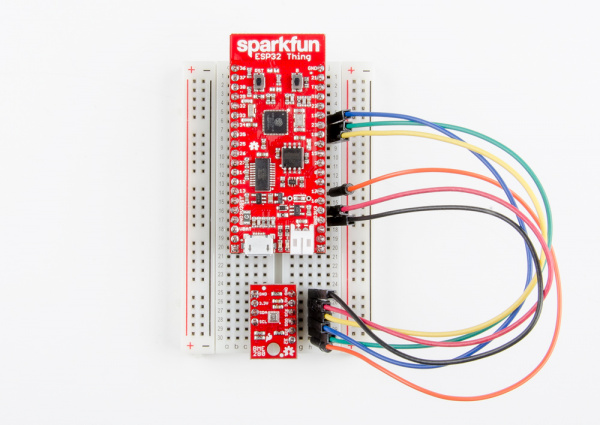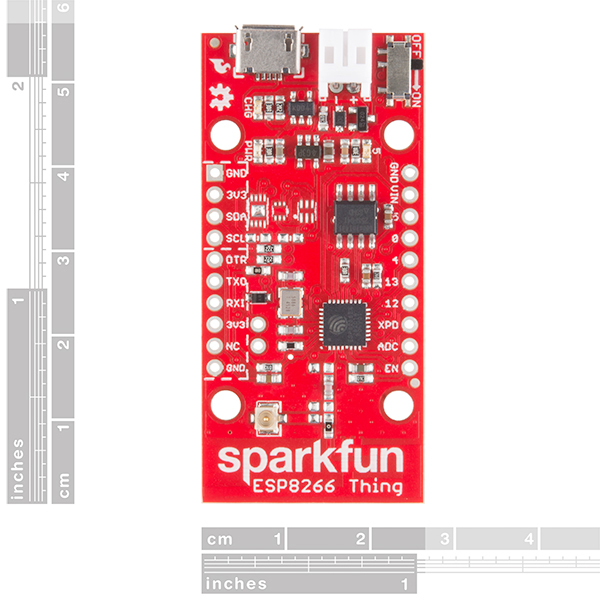
Serial.println("Atmospheric Data to ThingSpeak") SoftwareSerial SIM800ss = SoftwareSerial(FONA_TX, FONA_RX) Īdafruit_FONA SIM800 = Adafruit_FONA(FONA_RST) Ĭhar url_string = "/update?api_key=0F1D2F1QQUL2OHKH&field1"

Sketch: Sending Atmospheric Pressure Data to ThingSpeak via SIM800L GPRS This is how I connected the Arduino, SIM800L and BMP085: SIM800L TX Also, since I’m using the BMP085, I used Adafruit’s library as detailed in my BMP085 tutorial. I will still be using Adafruit’s FONA library just like my other SIM800L articles. Now that we’ve confirmed that the HTTP request works, we start using an Arduino and SIM800L. Sending Data via GPRS Connection with SIM800L This is because the data value written using Putty is 2.8. Press enter three times The Putty terminal window should close itself.Īfter that, check the Private View tab again on ThingSpeak. Open the session and type the following: GET /update?api_key=0F1D2F1QQUL2OHKH&field1=2.8 HTTP/1.0 Open Putty, select Raw connection type and use for Host Name and 80 for Port: But before that, we must know the correct HTTP request. We need to create HTTP requests via GPRS. Of course, we will not be using a browser to update the channel on ThingSpeak. When I go see the Private View tab, the chart has now been updated: You can paste the url above on your browser and change the last number. The last value on the url is the value to be sent to the channel. This is the url used to update data on the channel. Copy the URL for “Update a Channel Feed”. On the lower right, you have the API requests fields.


Once the channel is created, go to the API keys tab: Here I only have one field named Atmospheric Pressure. Here is a screenshot of the channel I created: After successfully signing-up, you will be prompted to create a channel. First, you need to sign-up for a free account on ThingSpeak.


 0 kommentar(er)
0 kommentar(er)
